Heat is the enemy of long exposure
it’s extreme hot outside!
For me, summer is not an ideal season to photograph.
Because
the harsh sun light and ultra violet(UV) cause the skin cancer.
So I prefer shooting from fall to winter. The cooler is better.
It’s kind of the reason, though the true reason I hate shooting summer is : “heat noise”
What is Heat noise
Heat makes people crazy, and cameras’ sensors too.
In short, the censor produces a colorful dots because of the heat.
See the bellow image, which was taken at July, 25th in 2016.
For better looking please click and see the bigger images.
tech info:
D600, pc-e 24mm, with firecrest 16stops filter.
F8, iso200, 306seconds long exposure.
I choose 3 areas for the example. See the link for the bigger image.
Why?
In short, censors are pretty sensitive that under the hotter condition, they writes the wrong data in the tiny pixel level. The great news is that it doesn’t happen when the shutter speed is fast, but only during long exposures. (not a good news?)
Long Exposure NR
However, the camera smartly keeps the right data, without the noises, and amazingly can fix by themselves.
This is called “Long exposure Noise Reduction” (LEXP-NR)
What a great function there is!!
But the problem of this function is :only capable just after “the” long exposure finished.
Worse, this takes the same period of time for the long exposure.
Ex: 3 minutes long exposure needs “3minutes” LEXP-NR time period.
So you should wait 3 minutes for the next shot.
Haven’t heard before? Most of your camera surely have this function, so
please read your camera manual, which you haven’t read have you?
This is the link only for Nikon’s Z .
I haven’t been used LEXP-NR since my “long exposure panorama” need to shoot continuously.
Even in the single long exposure, I don’t use the LEXP-NR because I want to have some variations. If I had the 3 minutes to wait, I would shoot “another” 3 minutes long exposure.
I’m wondering why this rendering process could be fasten with recent technology.
They surely can!! Anyway I hate waiting for nothing.
Noise reduction in the post process
So I do “De Noise” in the post process.
In black and white photography, these color noise are going to be the tiny white dots, and sadly pretty conspicuous.
Let’s see the next example below.

Solution
Spot healing tool? No!
if the dots were tow or three, it would be OK to use “spot healing tools”, but
these noise usually widely spreads. If you tried you could remove them forever.
So here is the solution: Dust&Scratch
Go to Photoshop menu:Filter/Noise/Dust&Scratch
Bellow is The “before after”,using Dust& scratch.
I also use “Dust&scratches” for reducing fringes.
Pretty easy isn’t it ? you can clean up wherever you want.
But just take care of the areas you want to reduce noise. Depend on the areas, you should tweak the “Radius” and “Threshold” for better result. Otherwise the detail of the pictures will be removed with noise.
Do “Now” or Do it “later”?
It’s depend on your shooting style to use or not to use “LEXP-NR”.
Even if you have to wait the same amount of time for a long-exposure, say 5 minutes,
You’ll save your time at the post process for reducing noises.
Since you need to take care of reducing noise at the post process more than 5 minutes.
Personally, I’m OK with taking time for clean up noises, after all I have to take care of other stuff.
Tips for avoiding heat noises
Shoot at the right time
Shoot at early hours. Avoid afternoon, when is hotter and harsher.
An early bird not getting heat noise.
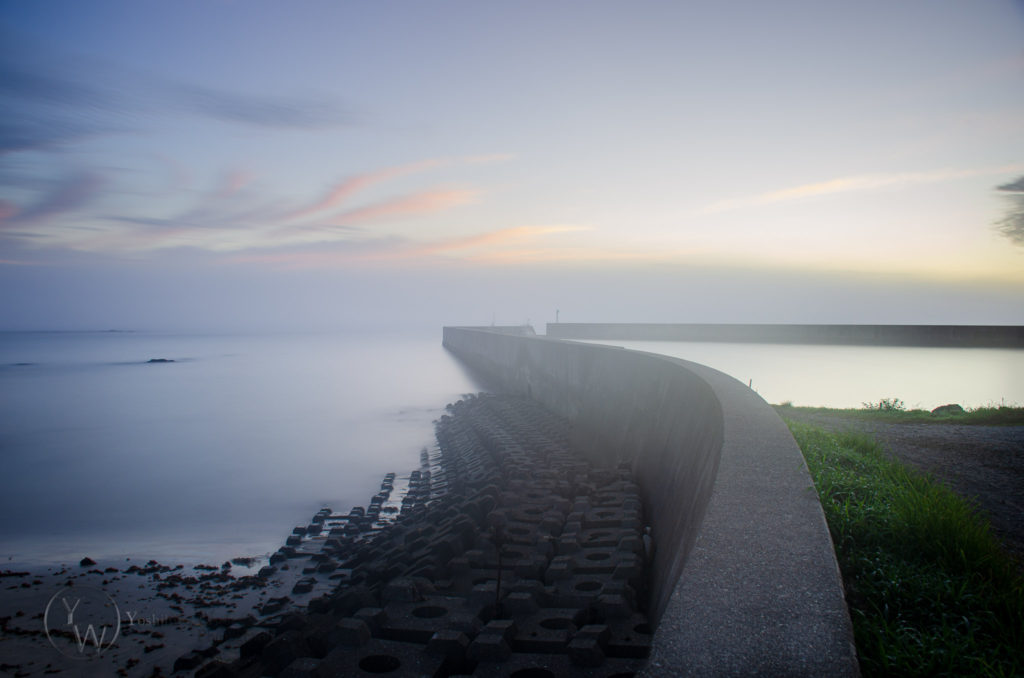
choose the base ISO
Most of the recent camera, base ISO is 100. Then chose “ISO 100”.
Gaining ISO produces more heat noises.
Avoid gaining ISO, you need to prepare at least two or three different density of ND filters. My recommendation is having screw type of 10,13,16 stops, or set of 3,6,10 stops of square ND filters.
Not too long
A Longer exposure makes much noises.
In summer, I try to finish with long-exposure less than 5 minutes.
3 minutes is better choice, but sluggish clouds need longer time to have smooth texture in the sky. However a 10 minutes-long-exposure is not a better idea in the hot season.
Multiple exposure
Noises are especially prone to shadow areas.
So I some time take a normal shot for shadow areas for the later use in the post process.
This is not always, but I could replace the shadow areas If the shadow areas were badly contaminated with heat noises.
This way resembles to HDR multiple shooting.
Z6
“Heat Noises” are also hugely depend on the sensor size, sensor manufacture, and camera it self. The newer camera is much energy efficient, thus less make heat during the exposure.
I just recently had 5 minutes long exposures to produce heat noise example for this blog post.
However, surprisingly, there were few noises in the picture!
It was a pretty “humid and hot” day, this supposed to be much noise in the picture.
Gear info:
Nikon Z6, 14-30mm f4s, Formatt-Hotech firecrest 16 (screw type 82mm)
I’m not sure this is because of Z6, which uses one of the newer full-frame SONY sensor in the market.
I’ll make another long exposure shots for having more samples.
(I’ll update and report when I got them)
Anyway please take care of yourself with the heatstroke and covid-19.
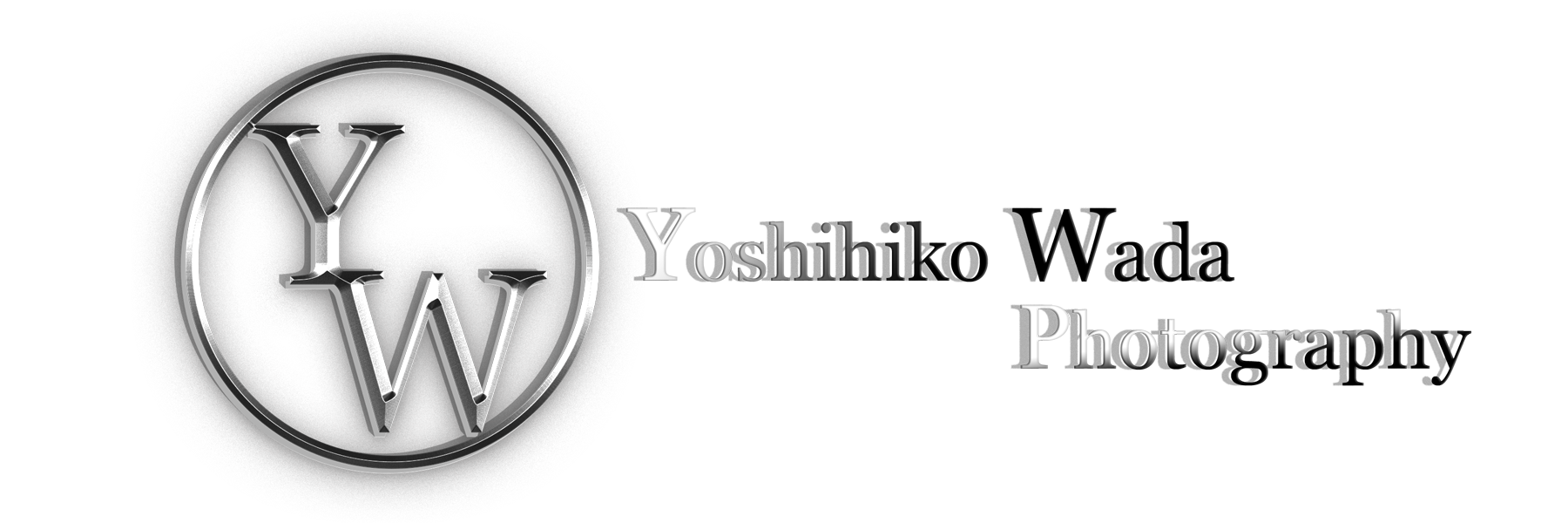
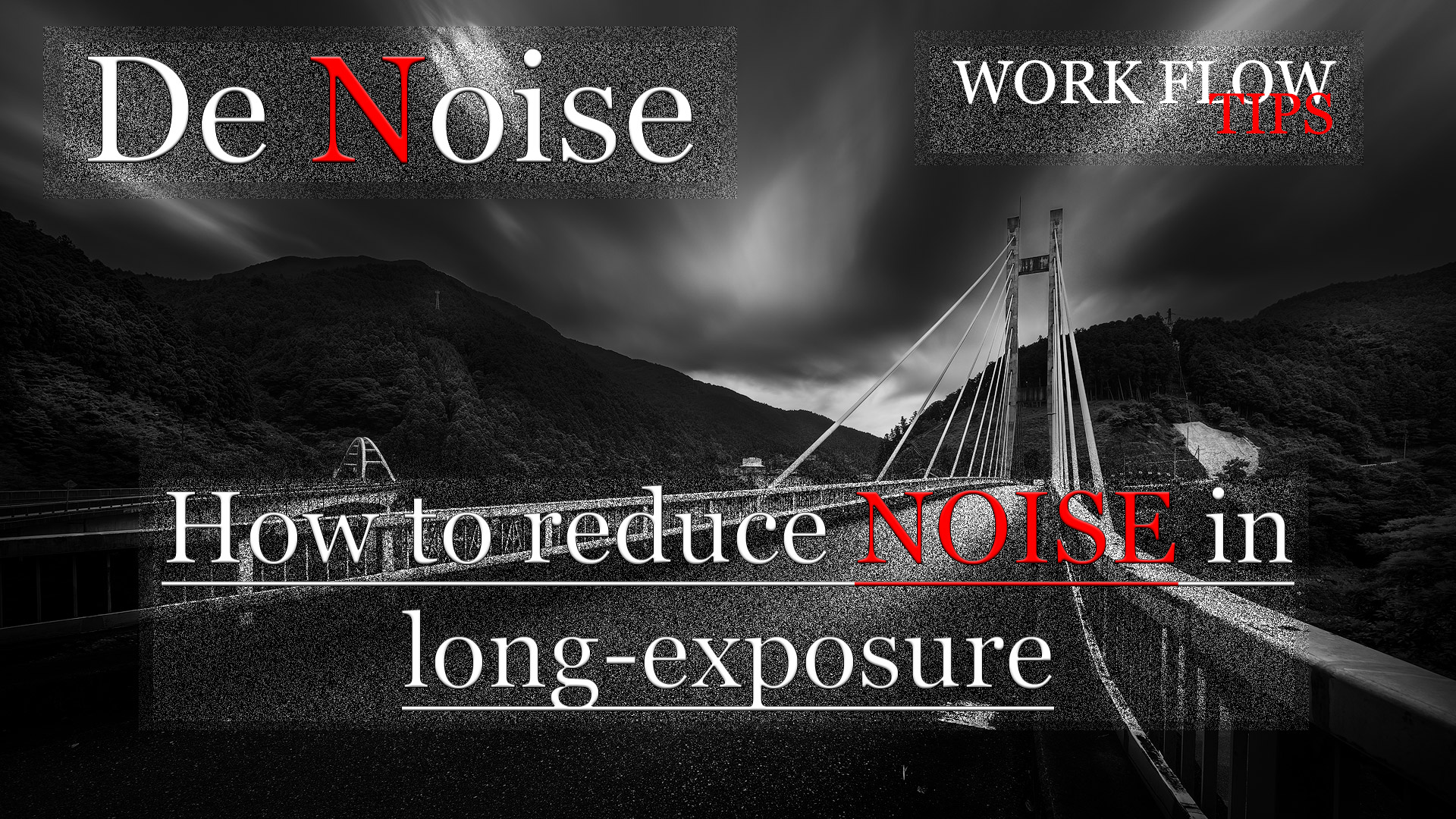




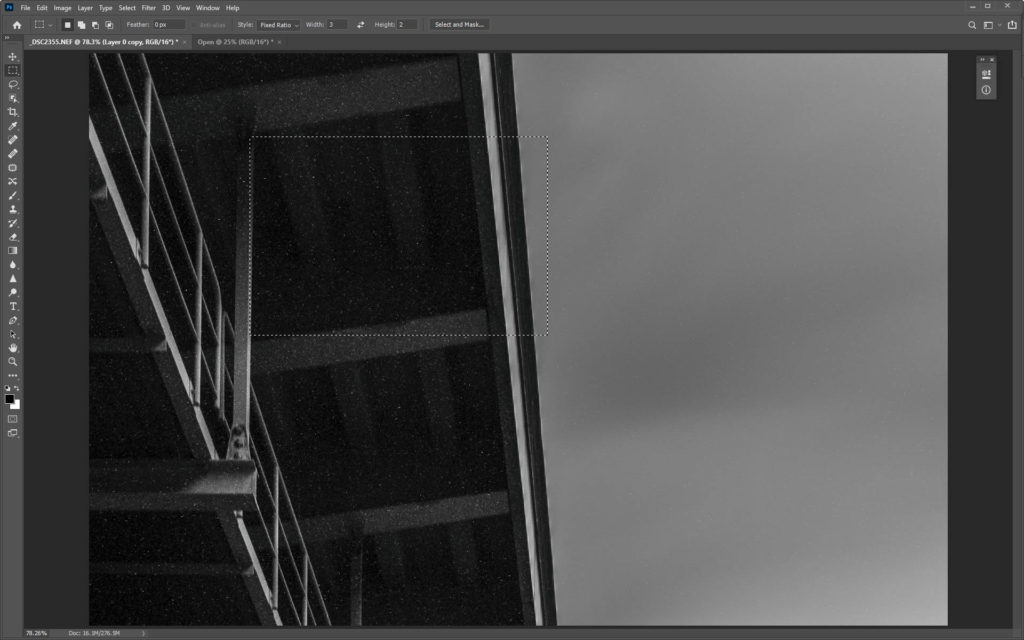
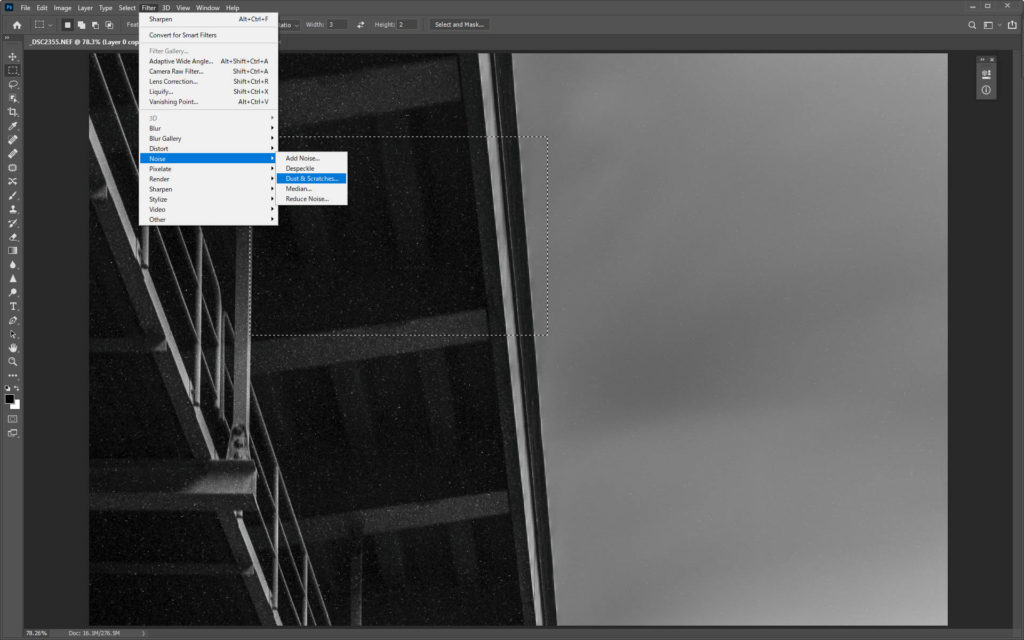
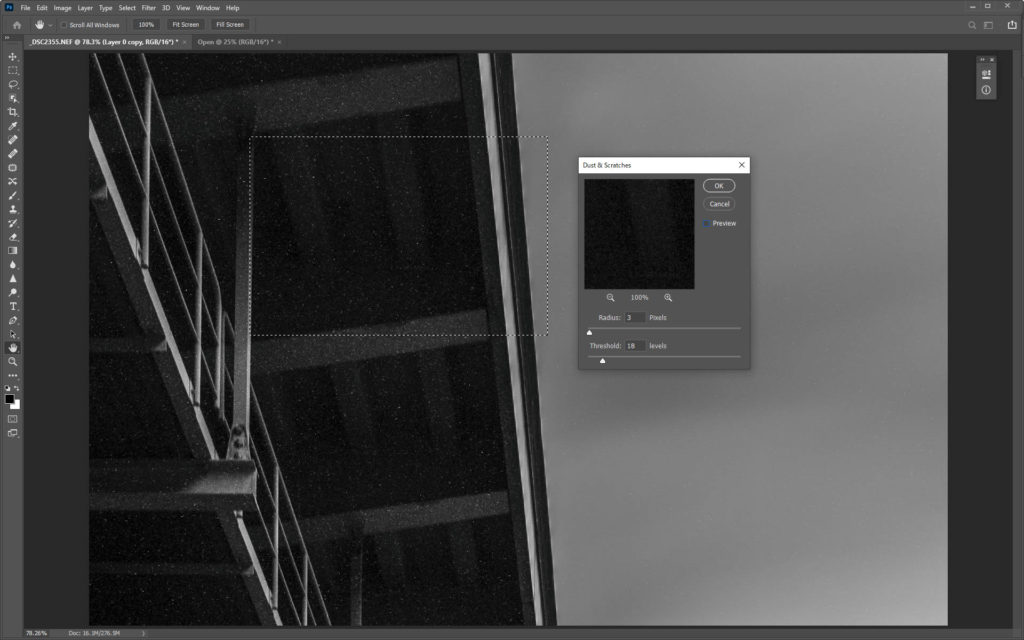

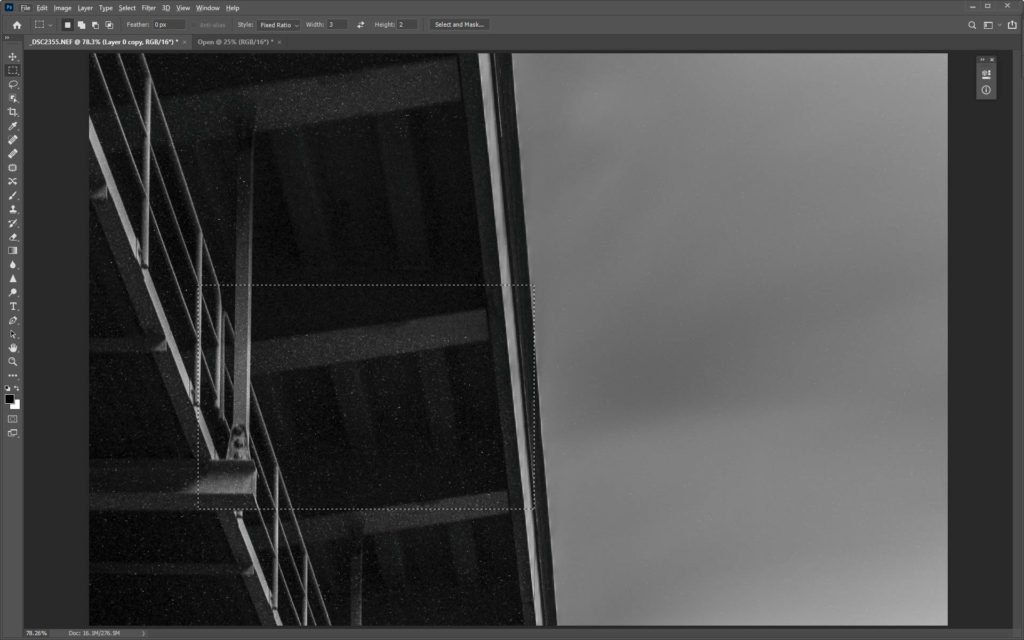

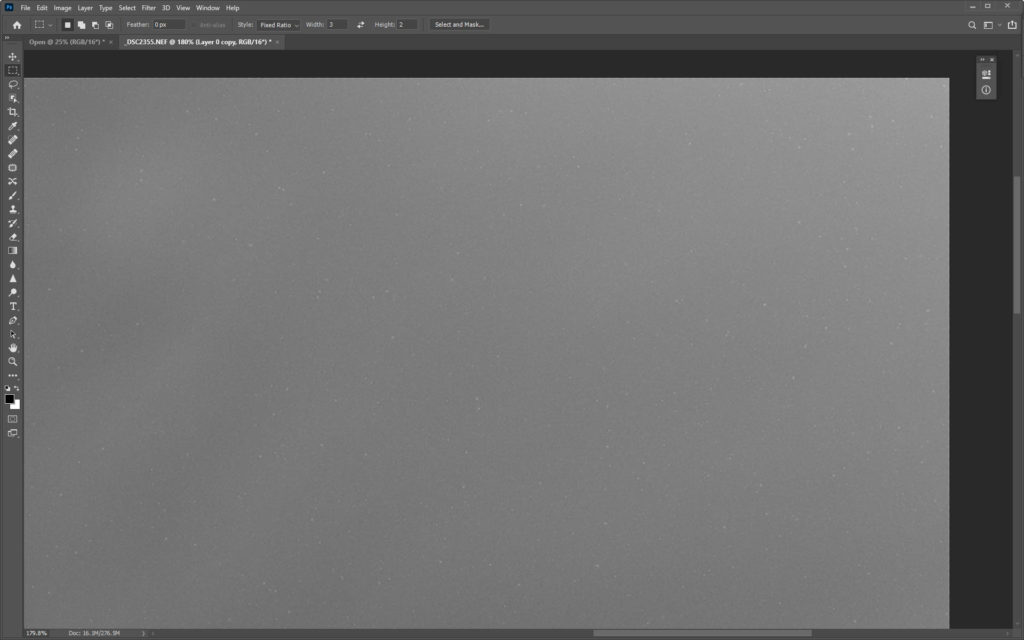
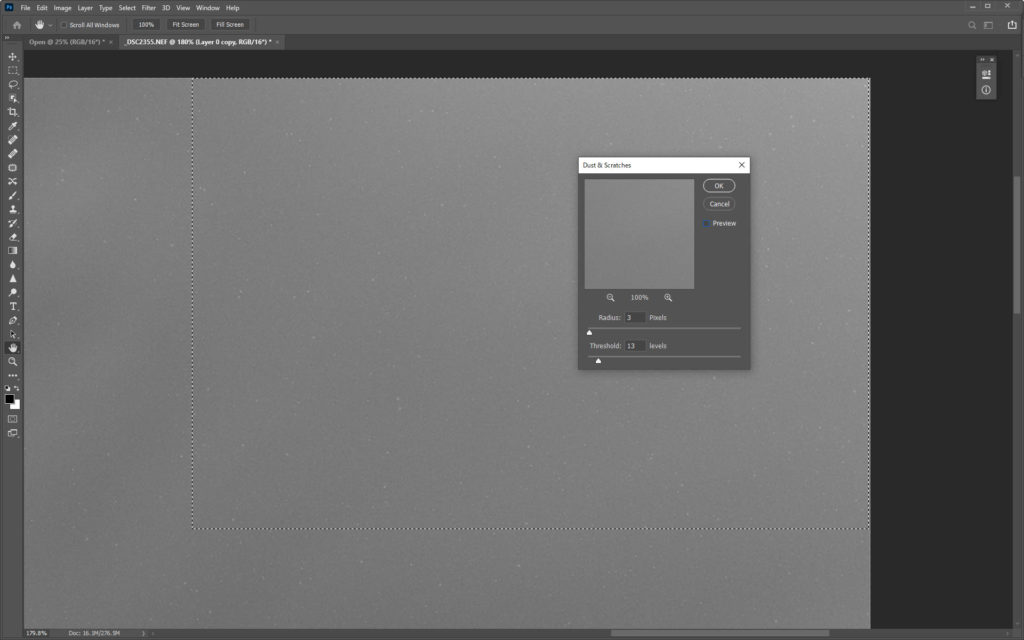
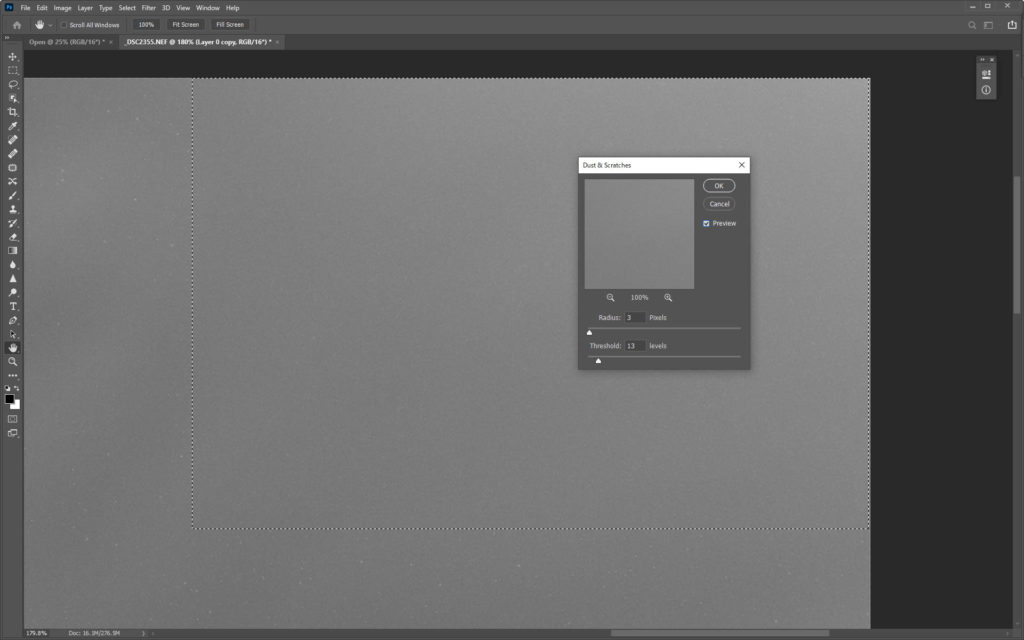
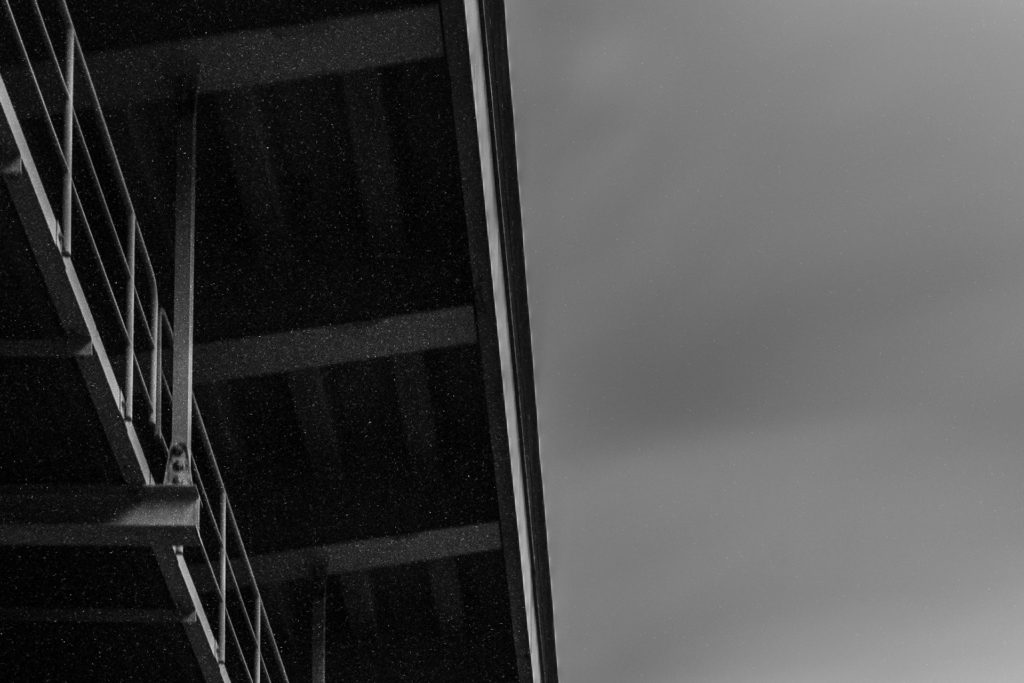

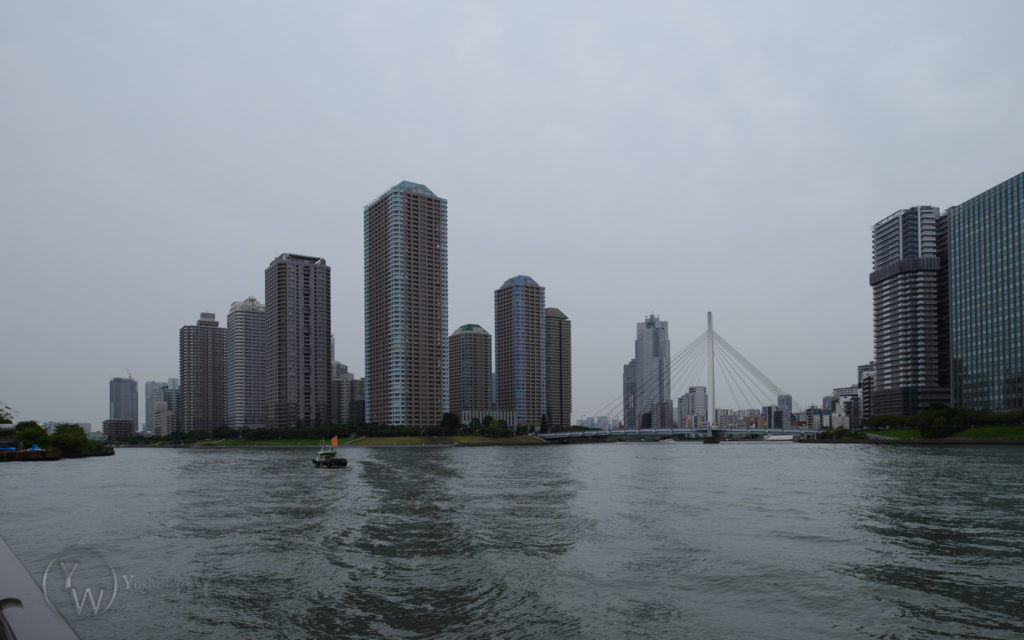
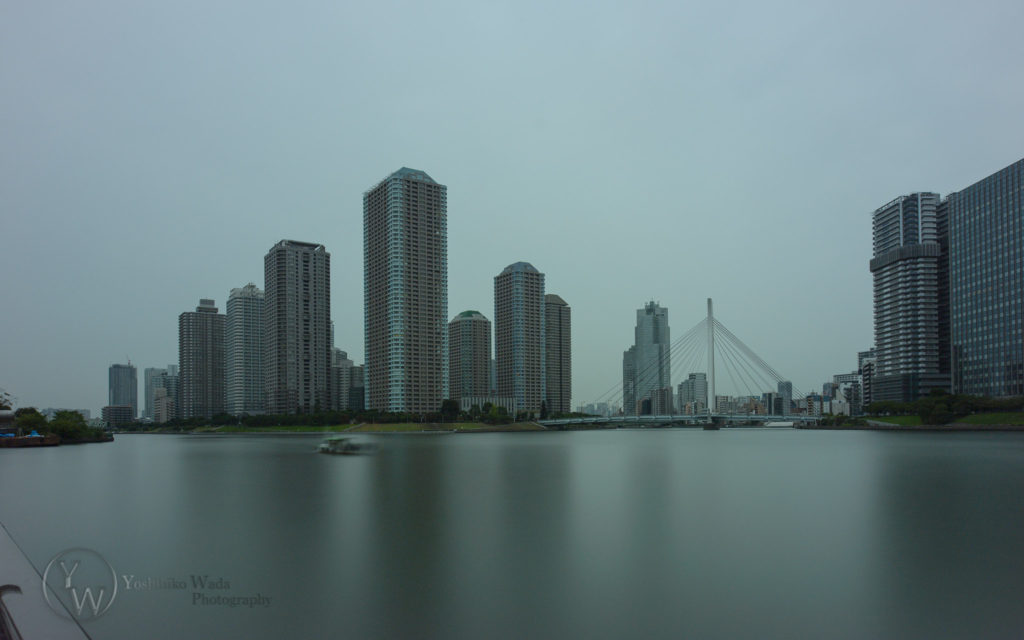


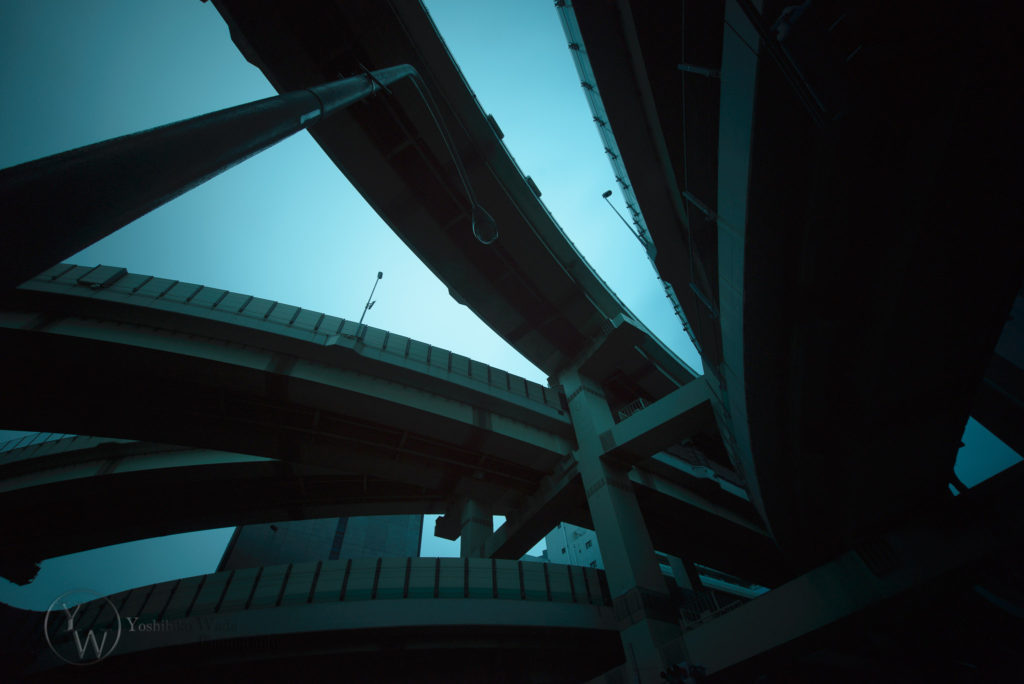
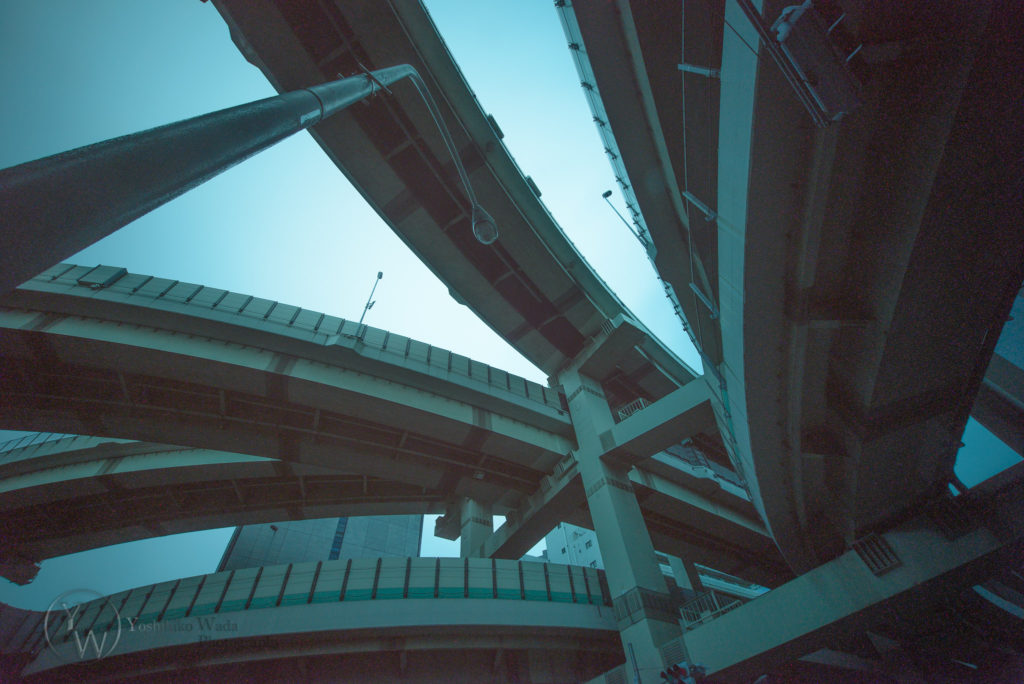
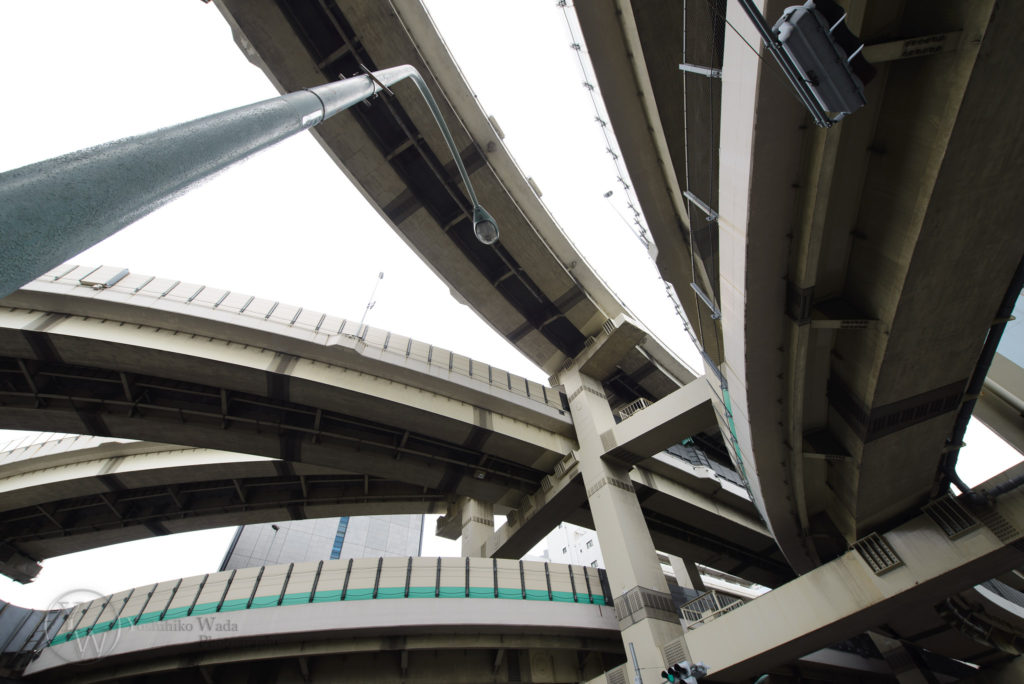

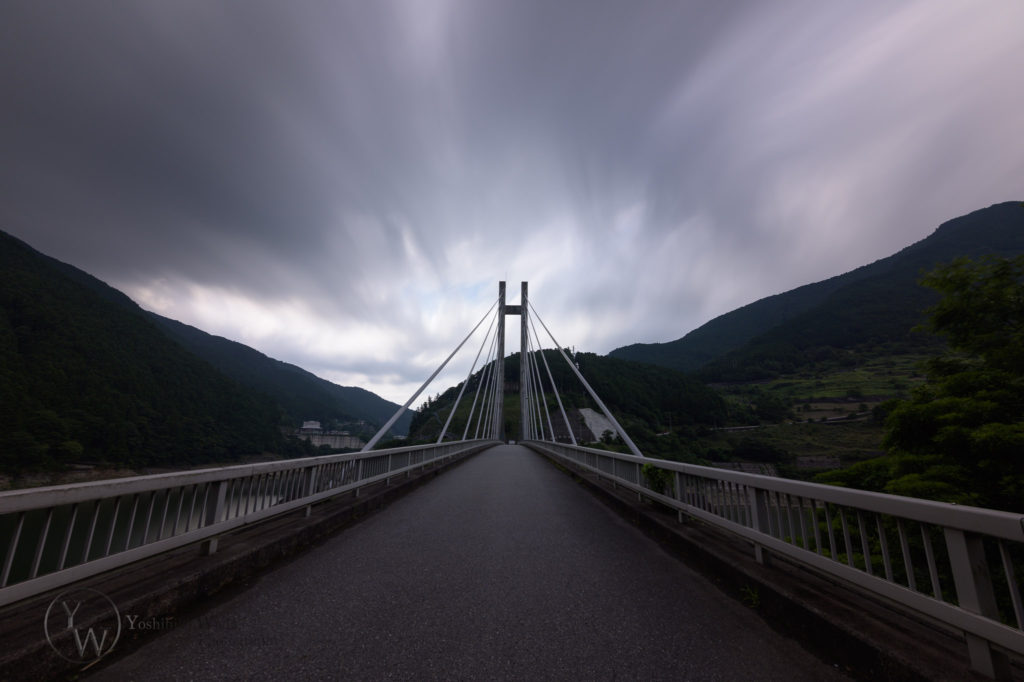





Comment